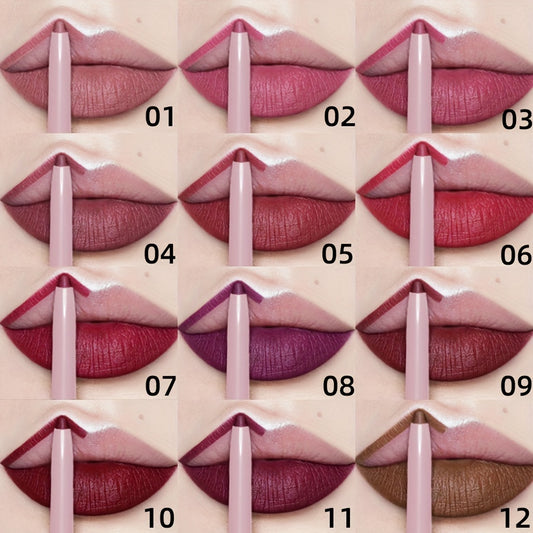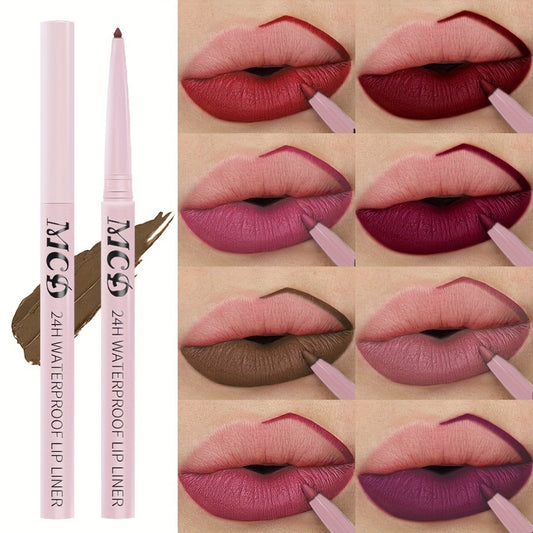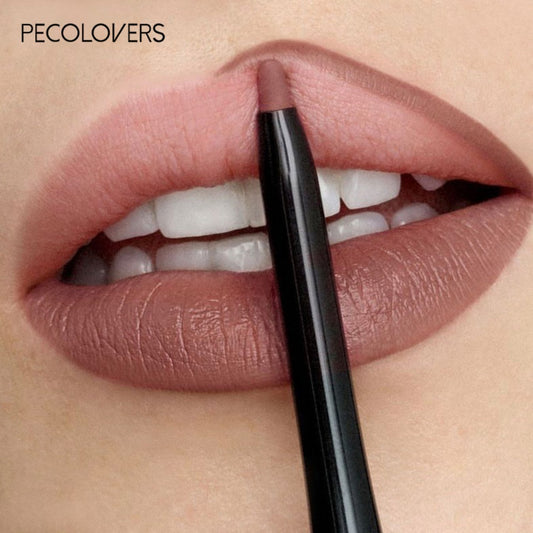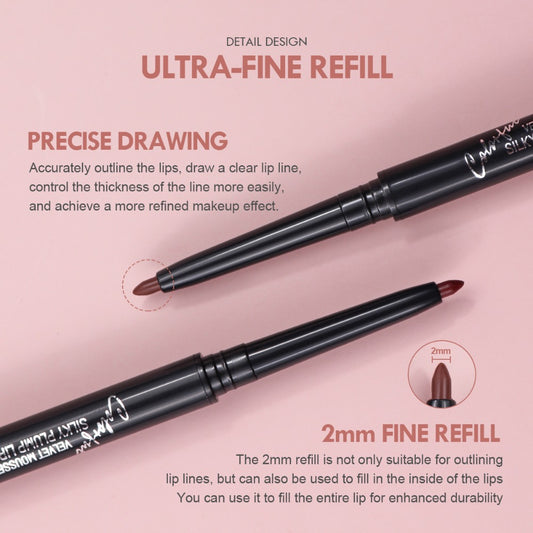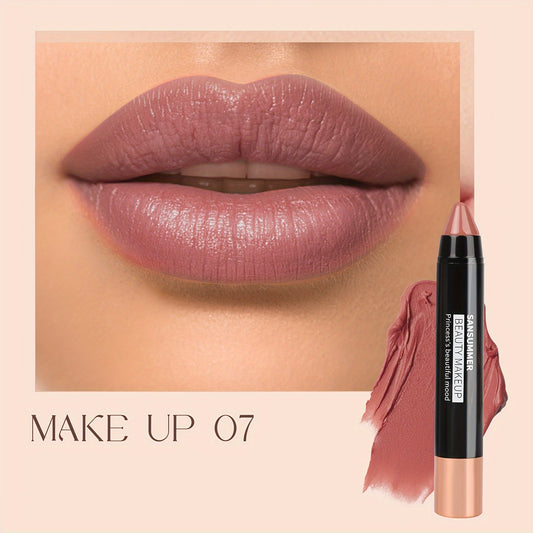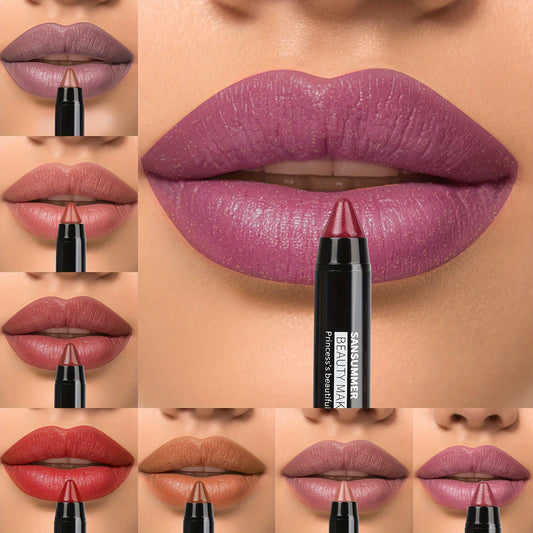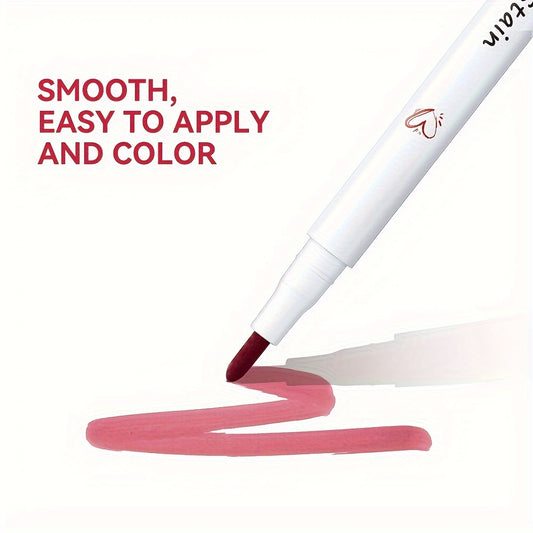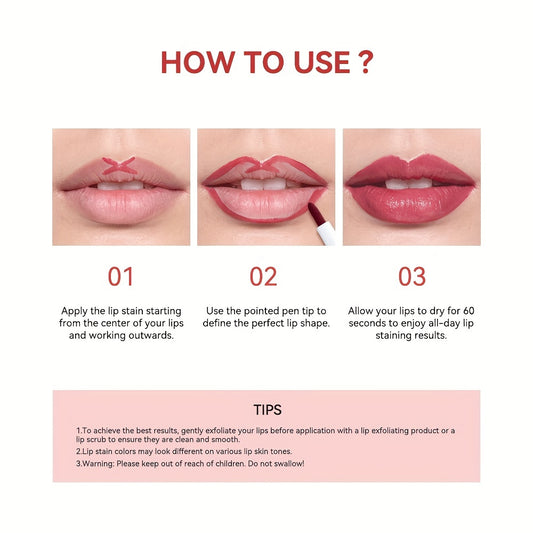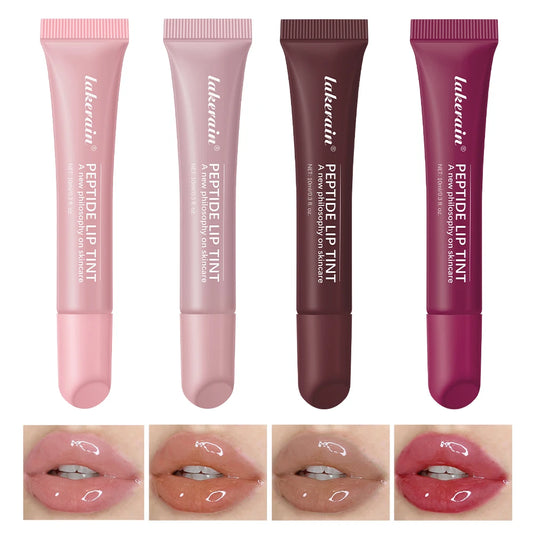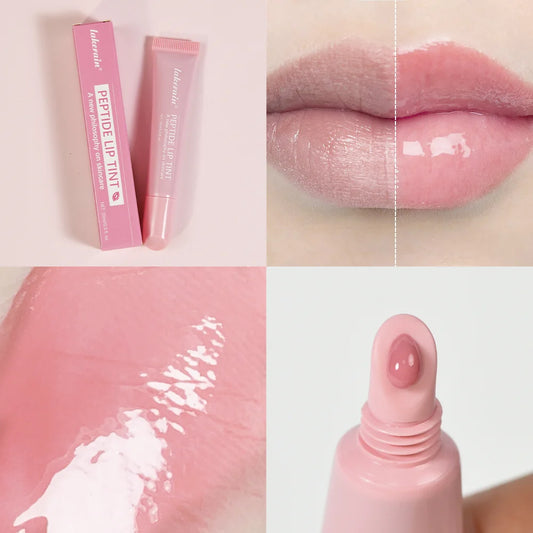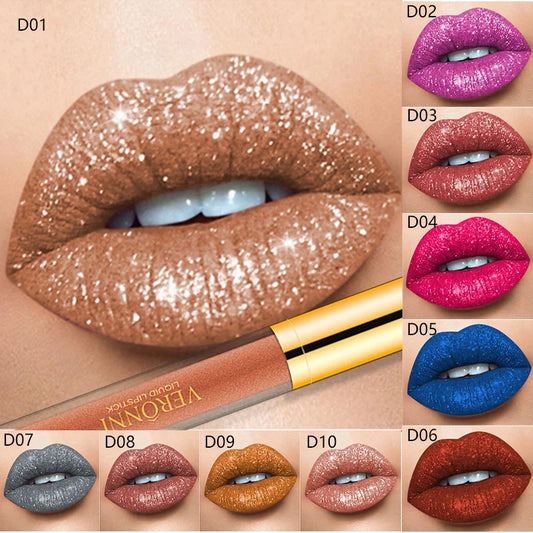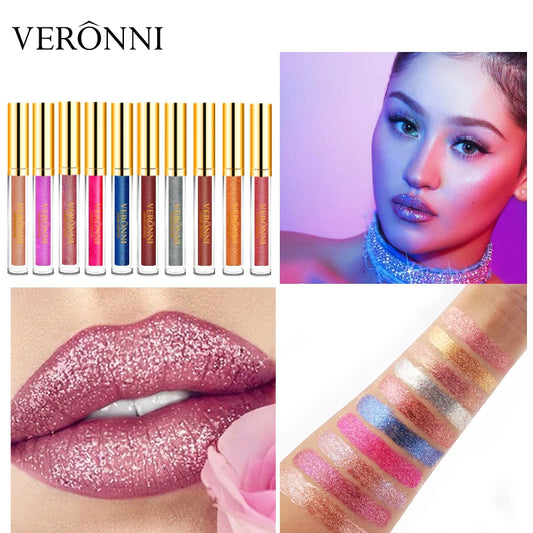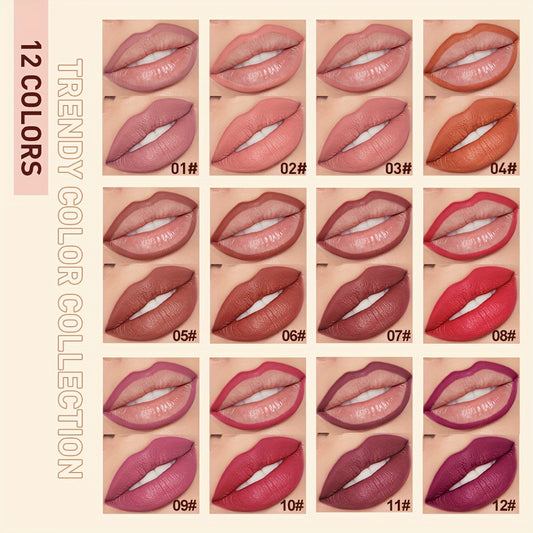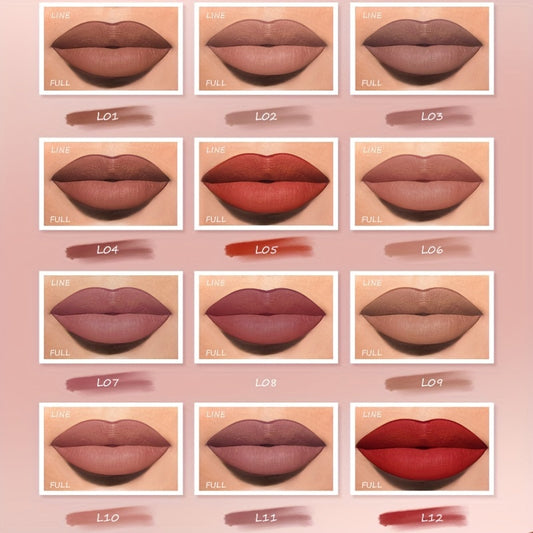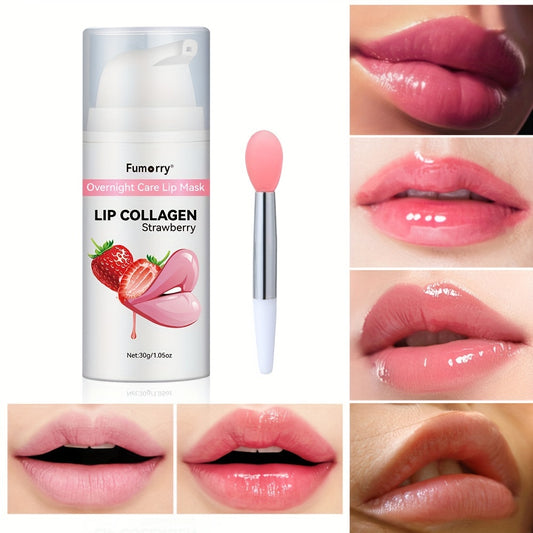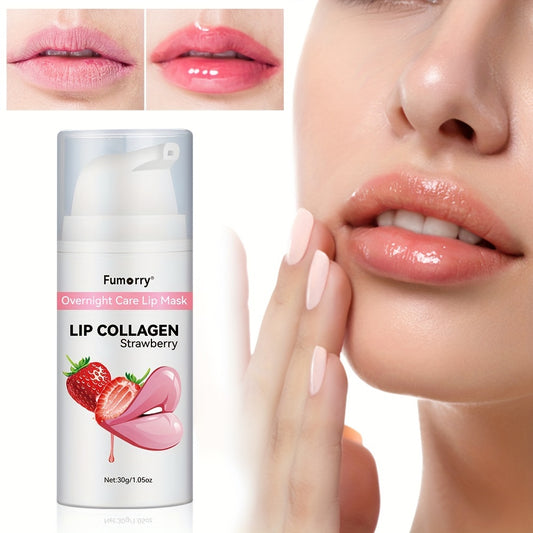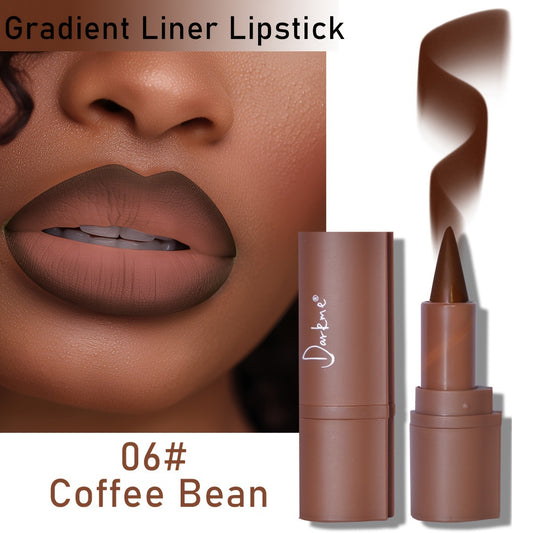What Is Vaseline Made Of? Uncovering the Ingredients in Your Favorite Petroleum Jelly
Share
Vaseline, often found in our medicine cabinets and beauty kits, is more than just a simple ointment. Known for its soothing properties, this petroleum jelly has been a go-to for many looking to hydrate and protect their skin. But have you ever wondered what is Vaseline made of? In this article, we’ll explore its origins, unique qualities, safety aspects, and how it fits into the world of cosmetics.
Key Takeaways
- Vaseline is a petroleum byproduct discovered in the 1800s by Robert Chesebrough.
- It consists mainly of hydrocarbons, refined to remove impurities for safe skin use.
- One of its standout features is its ability to create a protective barrier on the skin.
- Despite some myths, Vaseline is considered safe and hypoallergenic after rigorous refinement.
- It remains a popular ingredient in cosmetics due to its versatility and cost-effectiveness.
Origins And Composition Of Vaseline
Historical Background
So, Vaseline, right? It's been around for ages. Turns out, it was discovered way back in 1859 by Robert Augustus Chesebrough. Can you imagine? He noticed oil workers using this gooey stuff to heal burns and cuts. That's how it all started. He then spent years refining it and figuring out how to make it safe and usable for everyone. It's pretty wild to think about how something so simple has become such a staple in so many homes.
The Refinement Process
Okay, so how does crude oil turn into that smooth, jelly-like stuff we all know? It's all about the refining process. The goal is to remove any impurities and unwanted stuff from the petroleum. This involves a bunch of steps like distillation, filtration, and de-waxing. The result is a pure, safe product that's ready to be used in all sorts of things, from cosmetics to first aid. It's actually a pretty complex process, but the end result is something we can all trust to put on our skin. Ensuring quality assurance is key.
Primary Components
Vaseline is basically a mix of mineral oils and waxes. These hydrocarbons create a semi-solid structure at room temperature, which gives Vaseline its unique texture. The specific blend can vary a bit, but the main goal is always the same: to create a product that's smooth, protective, and moisturizing. It's kind of amazing how just a few simple ingredients can do so much. The smooth texture of Vaseline enables effortless application.
It's interesting to think about how Vaseline started as a byproduct of the oil industry and transformed into a household name. It just goes to show that sometimes the most unexpected things can become incredibly useful and popular.
Unique Properties Of Vaseline
Vaseline is more than just a simple jelly; it's got some pretty cool properties that make it a go-to in the skincare world. It's not just about slathering it on; it's about what it does once it's there. Let's break down what makes it special.
Moisturizing Abilities
Vaseline is a great occlusive moisturizer, meaning it helps trap moisture in your skin. It doesn't actually add moisture, but it prevents what's already there from escaping. Think of it like a sealant for your skin. This is why it's often recommended for dry skin, especially in harsh weather. I've used it on my hands during winter, and it really makes a difference. It's like a shield against the cold, dry air.
Barrier Formation
Vaseline creates a protective barrier on the skin's surface. This barrier does a few things:
- It shields the skin from environmental irritants like wind and pollution.
- It helps protect minor cuts and scrapes, allowing them to heal faster.
- It prevents water loss, keeping skin hydrated.
I remember when I accidentally scraped my knee. I cleaned it up and put some Vaseline on it, and it healed so much faster than I expected. It really does create a barrier that helps the skin repair itself.
Compatibility With Other Ingredients
Vaseline plays well with others. It's often used in cosmetic formulations because it's compatible with a wide range of ingredients. This seamless integration means it can be added to lotions, creams, and balms without causing issues. It also helps to improve the texture and spreadability of these products. It's like the glue that holds everything together, ensuring that the product feels good on your skin and works effectively. It can act as a carrier for other active ingredients, ensuring they are evenly distributed throughout the product, which is essential for consistency and efficacy. This makes it an indispensable ingredient for a wide array of cosmetic products.
Safety Considerations Of Vaseline
Addressing Common Myths
There are a lot of stories floating around about Vaseline, and not all of them are true. One of the biggest misconceptions is that because it's derived from petroleum, it's inherently bad for you. However, the Vaseline you find on store shelves today goes through a rigorous refining process. This process removes potentially harmful substances. It's actually so safe that it meets standards set by the United States Pharmacopeia (USP). This ensures a high level of purity. Patch tests have shown incredibly low rates of allergic reactions, which is pretty reassuring.
Regulatory Standards
Vaseline isn't just made and sold without any oversight. It's subject to regulations that ensure it meets certain safety and quality benchmarks. These regulations cover everything from the refining process to the final product's purity. Companies that make Vaseline have to follow these rules to ensure what they're selling is safe for consumers. This includes regular testing and adherence to strict manufacturing practices. It's all about making sure the petroleum jelly you're using is safe and effective.
Allergenic Potential
Generally, Vaseline is considered hypoallergenic, which means it's unlikely to cause allergic reactions. However, everyone's skin is different, and what works for one person might not work for another. While reactions are rare, they can still happen. If you have sensitive skin or a history of allergies, it's always a good idea to do a patch test before applying Vaseline all over. Here's a simple way to do it:
- Apply a small amount to a discreet area, like your inner arm.
- Wait 24-48 hours.
- Check for any signs of irritation, like redness, itching, or swelling.
If you notice any of these symptoms, stop using the product immediately. It's always better to be safe than sorry when it comes to your skin. If you're concerned, consult a dermatologist or allergist for personalized advice.
Vaseline's Role In Cosmetic Manufacturing
Versatility In Formulations
Vaseline is super versatile. It can be used in tons of different cosmetic products. Think lip balms, lotions, creams, and even some makeup. Its ability to blend well with other ingredients makes it a go-to for formulators. It helps create the right texture and consistency, which is important for how a product feels and performs. It's not just about slapping some ingredients together; it's about making something that people actually want to use.
Cost-Effectiveness
One of the big reasons Vaseline is so popular in cosmetic manufacturing is that it's cheap. Compared to some of the fancy, exotic ingredients out there, petroleum jelly is pretty budget-friendly. This means companies can keep their production costs down, which can translate to lower prices for consumers. It's a win-win. Plus, because it's so effective, you don't need to use a ton of it to get the desired results. It's a smart choice for companies looking to maximize their profits without sacrificing quality.
Proven Track Record
Vaseline has been around for over a century, and that kind of longevity speaks volumes. It's not some trendy new ingredient that might disappear next year. It has a proven track record of safety and effectiveness. Here's why that matters:
- Consumers trust it. They know what they're getting.
- Formulators know how it behaves in different formulations.
- There's a ton of data supporting its use.
Using Vaseline in cosmetic formulations isn't just about tradition; it's about reliability. It's an ingredient that manufacturers can count on to deliver consistent results, time after time. This reliability is a big deal in an industry where trends come and go, but quality and safety are always paramount. It's a cornerstone in skincare products.
Sustainable Sourcing Of Vaseline
Ethical Production Practices
Okay, so when we talk about where Vaseline comes from, it's not just about digging up some stuff from the ground. It's about doing it the right way. More and more companies are trying to find suppliers who care about being responsible. This means making sure the people who work to get the petroleum jelly are treated fairly and that the environment isn't totally trashed in the process. It's a big deal, and it's something consumers are starting to pay attention to.
Environmental Concerns
Let's be real, getting petroleum jelly isn't exactly eco-friendly. It comes from oil, and we all know the oil industry has some issues. But, there's a growing push to make things better. Here are some things people are trying to do:
- Reducing waste during the refining process.
- Finding ways to use less energy to make the stuff.
- Looking into alternative, more sustainable sources (though that's still a work in progress).
It's not perfect, but the goal is to lessen the impact on the planet. Every little bit helps, right?
Consumer Awareness
People are getting smarter about what they buy. They want to know where their stuff comes from and if it's made in a way that's not awful. This means companies that use Vaseline have to be more open about their sourcing petroleum jelly. They need to show they're trying to do the right thing, or people might start switching to other products. It's all about being transparent and honest with consumers. The cosmetic industry is placing a greater emphasis on ethical sourcing and environmental responsibility.
Innovative Uses Of Vaseline
Makeup Remover
Okay, so I tried using Vaseline to take off my makeup the other night, and honestly, I was surprised. I usually use those fancy makeup remover wipes, but I was out. I just slathered a bit of Vaseline on my face, let it sit for a minute, and then wiped it off with a warm cloth. It got rid of everything, even my waterproof mascara! My skin felt super soft afterward, too. I think I'm going to keep doing this. It's way cheaper than those wipes, and it feels more moisturizing. Plus, it's kind of fun to experiment with different uses for stuff you already have around the house. I've heard some people use it to remove eye makeup, too, but I haven't tried that yet.
Skin Protection
Vaseline is great for protecting your skin. I use it all the time in the winter when my hands get super dry and cracked. It creates a barrier that keeps the moisture in and the cold air out. I also put it on my lips before I go outside to prevent them from chapping. It's like a little shield for your skin. I even use it on my elbows and knees, which tend to get really dry. It's not greasy like some other lotions, and it really does the trick. I've also heard of people using it to protect their skin when they dye their hair, to keep the dye from staining their forehead. That's a good idea, I think.
Moisturizing Solutions
Vaseline is a really good moisturizer, especially if you have dry skin. It's an occlusive, which means it creates a barrier on the skin that prevents water loss. I like to use it on my feet at night. I put on a thick layer and then wear socks to bed. When I wake up, my feet are so soft! It's also good for healing minor cuts and burns. I burned my hand on the oven last week, and I put Vaseline on it. It helped to keep the area moist and protected, and it healed up really quickly. I've also heard that it's good for eczema, but I don't have that, so I can't say for sure.
I've been using Vaseline for years, and I'm always finding new ways to use it. It's such a simple product, but it's so effective. It's definitely a staple in my skincare routine. I even use it to tame my eyebrows sometimes. It's like a little secret weapon for beauty and skincare.
Future Trends In Vaseline Usage
Evolving Cosmetic Formulations
Okay, so, Vaseline has been around forever, right? But the way it's used in makeup is changing. We're seeing it pop up in more all-in-one products. Think lip balms with a hint of color, or moisturizers that also act as a primer. It's all about convenience, and Vaseline's versatility makes it a good fit. Plus, with new tech, they're finding ways to make it absorb better and maybe even add cool stuff like vitamins. It's not just your grandma's petroleum jelly anymore.
Consumer Preferences
People want stuff that works, but they also care about where it comes from. There's a big push for "clean beauty," and that means being upfront about ingredients and how they're made. For Vaseline, that means clear labels and making sure it's good quality. Also, more folks are looking for plant-based alternatives because they're worried about the environment. So, companies are trying to find ways to make Vaseline-like stuff without using petroleum. It's all about giving people options they can feel good about.
Sustainability Initiatives
Sustainability is a big deal, and it's not going away. Companies are trying to be more ethical, and that includes how they make Vaseline. This means looking at the whole process, from getting the ingredients to packaging the final product. Some brands are even investing in ethical production practices to reduce their impact. Consumers are also getting smarter and want to know what's up, so transparency is key. It's not just about making a good product; it's about doing it in a way that's better for the planet.
The future of Vaseline isn't just about what it is, but what it can be. It's about adapting to what people want and what the planet needs. It's a classic product that's trying to stay relevant in a world that's changing fast.
As we look ahead, Vaseline is becoming more popular for various uses beyond just skin care. People are discovering new ways to use it, like for hair styling and even as a makeup base. This versatile product is not just for dry skin anymore! If you want to learn more about the exciting future of Vaseline and how to use it in your daily life, visit our website for tips and tricks!
Wrapping It Up
So, there you have it. Vaseline, or petroleum jelly, is more than just a simple product you find in your bathroom cabinet. It's made from refined petroleum, and while some folks worry about its origins, the truth is that it's been processed to be safe for your skin. Its ability to lock in moisture and protect your skin makes it a go-to for many people. Plus, it’s versatile enough to be used in all sorts of ways, from healing minor cuts to keeping your lips soft. Whether you're using it for skincare or other creative purposes, Vaseline remains a reliable choice that has stood the test of time.
Frequently Asked Questions: Vaseline in Cosmetics
What is Vaseline made of?
Vaseline is mainly made of a type of oil called petroleum, which is processed to remove impurities. It has a thick, jelly-like consistency.
Is Vaseline safe for my skin?
Yes, Vaseline is safe for most people. It is triple-refined, meaning it goes through a thorough cleaning process to remove harmful substances.
Can I use Vaseline on my face?
Yes, many people use Vaseline on their face to keep their skin moisturized. However, if you have oily or acne-prone skin, you should be careful.
What are some common uses for Vaseline?
Vaseline can be used for many things, including moisturizing dry skin, protecting minor cuts, and even removing makeup.
Does Vaseline expire?
Vaseline does not have a strict expiration date, but it's best to use it within a few years for the best quality.
Is Vaseline environmentally friendly?
Vaseline is made from petroleum, a non-renewable resource, which raises some environmental concerns. However, some companies are working on more sustainable practices.

